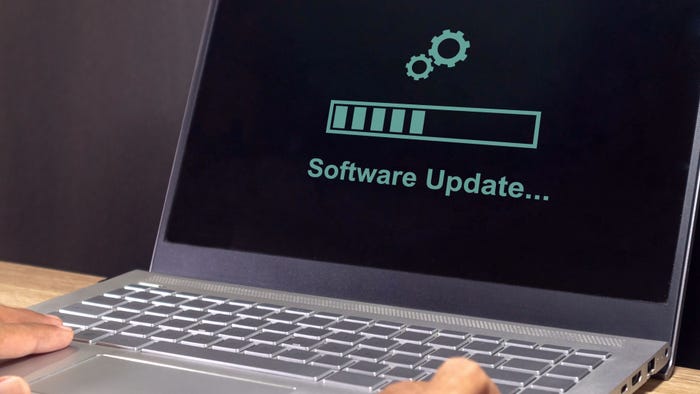Microsoft Patches DLL Hijacking Vulnerability
One of the bugs could hijack a PC if a user simply previewed an email with a malicious Word, Excel, or PowerPoint file attached.


Microsoft Office 2010 In Pictures
(click image to view slideshow)
Slideshow: Microsoft Office 2010 In Pictures
Microsoft on Tuesday released patches for 11 vulnerabilities, including DLL preloading or hijacking (aka binary planting) flaws in Microsoft Word, Excel, and PowerPoint 2010 for Windows. Attackers could exploit the Office DLL preloading bugs to execute arbitrary code on a PC.
Application security firm ACROS Security, which discovered the DLL preloading flaws, alerted Microsoft and then waited until Tuesday to publicly detail its findings.
According to ACROS, the Office DLL flaws stem from "incorrect dynamic link library loading," through which "an attacker can cause her malicious DLL to be loaded and executed from local drives, remote Windows shares, and even shares located on Internet."
The attack works if an attacker plants a malicious DLL with a specific name -- such as pptimpconv.dll -- on a network share, then tricks a user into opening a malicious DOCX, XLSX, or PPTX file that requests the DLL. "Once the user opens the file, Office's library mso.dll makes an unsafe call to LoadLibrary ("pptimpconv.dll"). As this DLL is not present on the system, its malicious version gets loaded from the current working directory," said ACROS.
ACROS also warned that "Windows systems by default have the Web Client service running -- which makes remote network shares accessible via WebDAV, thus the malicious DLL can also be deployed from an Internet-based network share as long as the intermediate firewalls allow outbound HTTP traffic to the Internet."
Also on Tuesday, Microsoft patched Office against a remote-code-execution vulnerability, rated "critical" by Symantec, that affects Office 2007 and 2010 for Windows. Using a specially crafted RTF file, an attacker could exploit the vulnerability, via Outlook, to run arbitrary code. The attacker would only have to email the malicious RTF file as an attachment. Even if only previewed -- not opened -- by the recipient, the malicious code would execute automatically, allowing the attacker to exploit the PC.
Several of the vulnerabilities disclosed Tuesday by Microsoft also affect Microsoft Office for Mac products. While Microsoft did patch Microsoft Office for Mac 2011, in its Tuesday security bulletin, it noted that "the security updates for Microsoft Office 2004 for Mac, Microsoft Office 2008 for Mac, and Open XML File Format Converter for Mac are unavailable at this time." The company has not yet disclosed when it will release the outstanding Mac updates.
About the Author
You May Also Like



_Daniren_Alamy.jpg?width=700&auto=webp&quality=80&disable=upscale)
